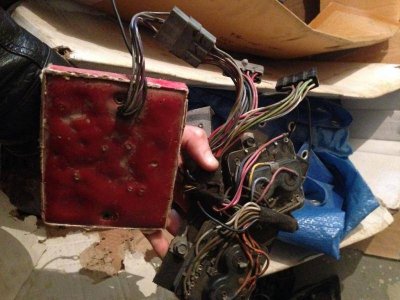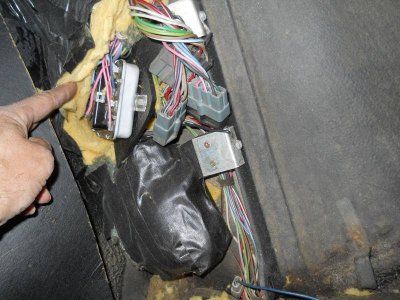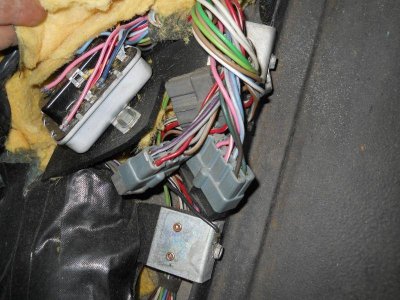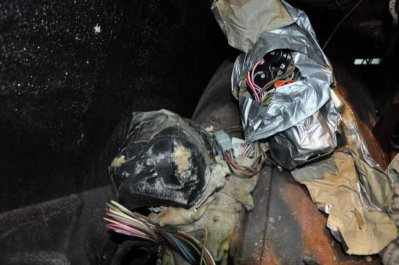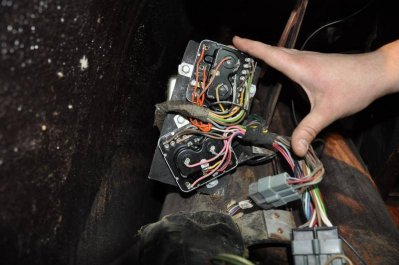As owners knows, a horde of details makes the 69 imperial so special.
The funniest to me are the sequential turn signals, unique for mopar as far as i know.
On my 69 imperial they are still working but i do not think that the system is original. this is an electro mechanic system that might come from a cougar or something. A little electric rotor leads 3 cams that makes contact on after another, to do the sequence.
At the origin, isn't the imperial supposed to have a fully electronic system for the sequentital turn signal ? with a Printed circuit board ? generally melted in a red/pink hard wax ?
I do not know if you guys tried to remove this wax, but i did. I bought a bunch of broken PSB and removed the wax.
I plan to replicate it as close as possible with modern electronic components to have something as close as the original.
If you can help me to identify the components, I could go to the store and buy new ones, or compatible ones ( as they told me at the electronic store ) :
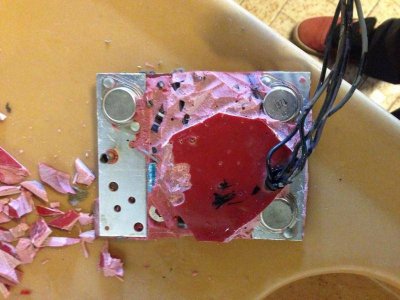
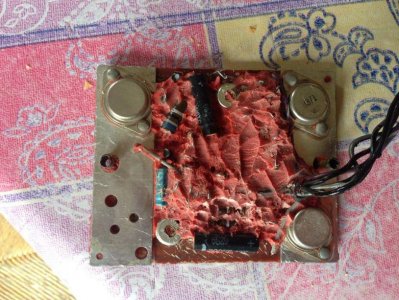
and finished :





The funniest to me are the sequential turn signals, unique for mopar as far as i know.
On my 69 imperial they are still working but i do not think that the system is original. this is an electro mechanic system that might come from a cougar or something. A little electric rotor leads 3 cams that makes contact on after another, to do the sequence.
At the origin, isn't the imperial supposed to have a fully electronic system for the sequentital turn signal ? with a Printed circuit board ? generally melted in a red/pink hard wax ?
I do not know if you guys tried to remove this wax, but i did. I bought a bunch of broken PSB and removed the wax.
I plan to replicate it as close as possible with modern electronic components to have something as close as the original.
If you can help me to identify the components, I could go to the store and buy new ones, or compatible ones ( as they told me at the electronic store ) :


and finished :



